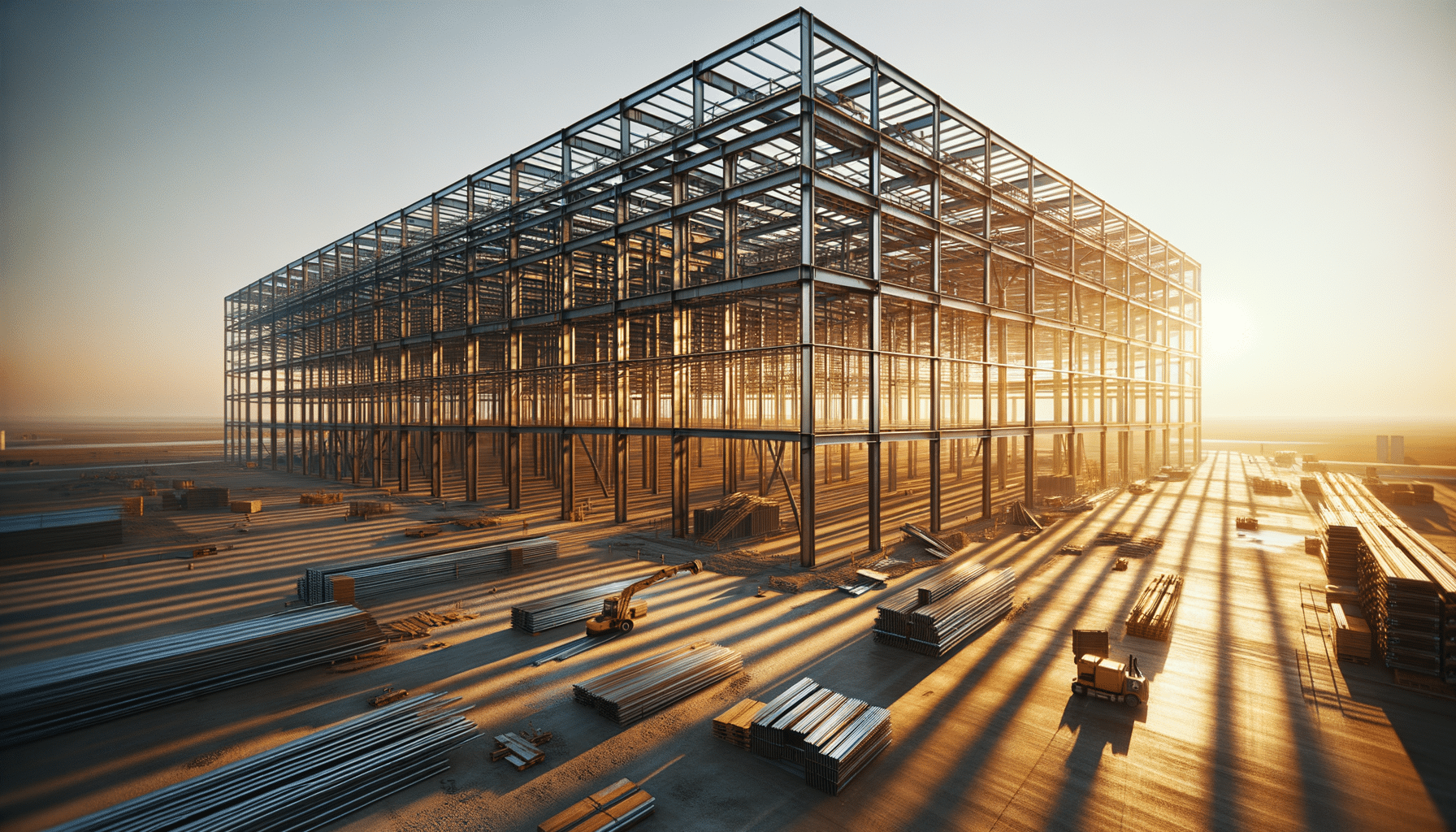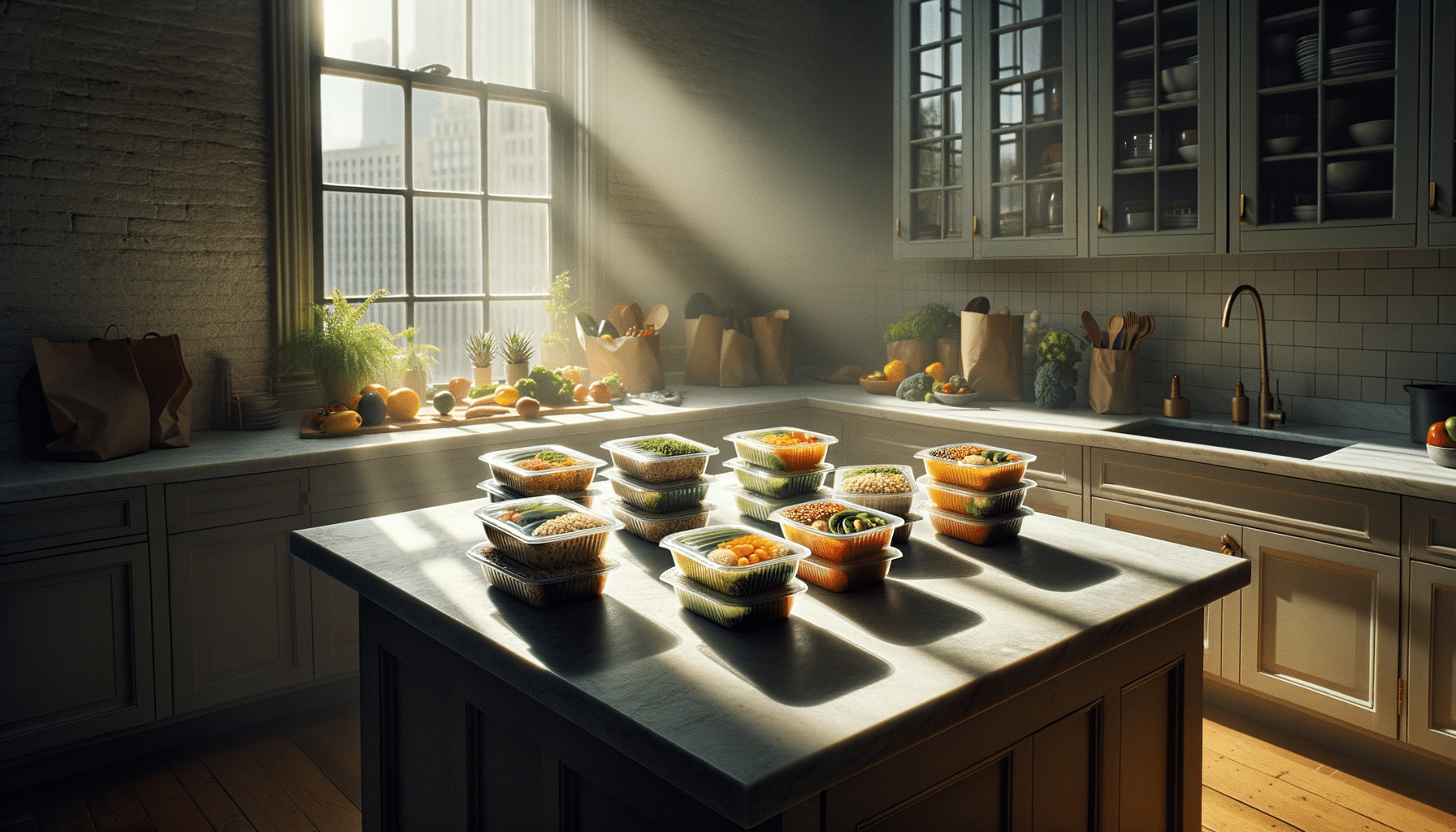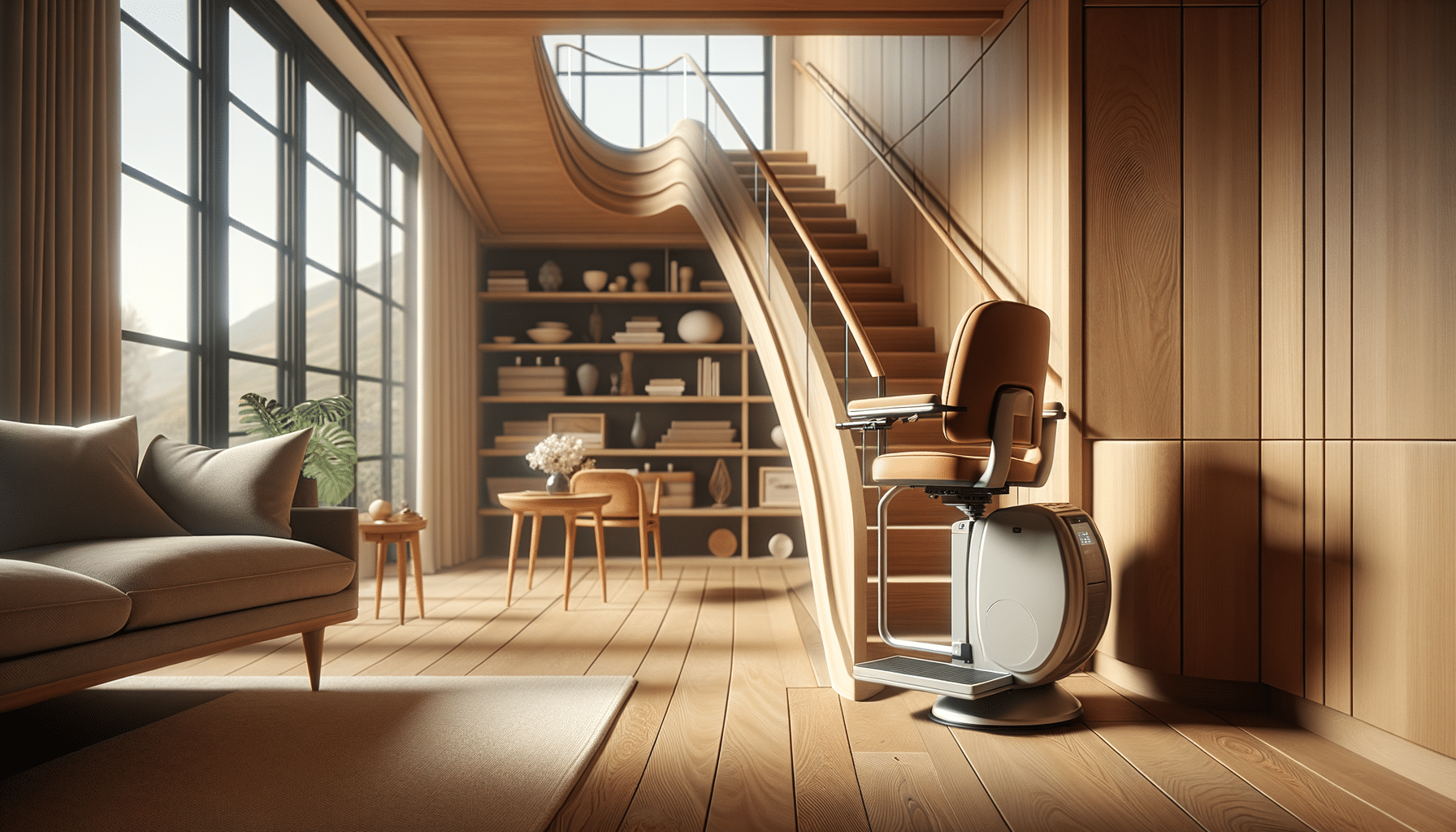
What to Know Before Requesting a Steel Building Quote
Introduction to Steel Buildings
Steel buildings have gained significant popularity across various sectors, including commercial, residential, and agricultural projects. Their durability, flexibility, and cost-effectiveness make them an appealing choice for many. As construction materials evolve, steel remains a stalwart due to its strength and adaptability. However, before embarking on a steel building project, understanding the nuances that influence pricing and design is crucial for a successful build.
Steel structures offer several advantages. They are renowned for their longevity and resistance to environmental factors such as weather and pests. This makes them ideal for diverse applications, from warehouses and factories to homes and barns. Additionally, the speed of construction is often quicker compared to traditional materials, reducing labor costs and project timelines. As you consider a steel building, knowing the factors that affect pricing and design choices will help ensure your investment is both practical and financially sound.
Factors Influencing Steel Building Costs
Understanding what influences the cost of a steel building is essential before requesting a quote. Several factors come into play, each affecting the overall budget of your project. One of the primary considerations is the size of the building. Larger structures naturally require more materials, which increases costs. However, economies of scale can sometimes reduce the cost per square foot for larger projects.
Another critical factor is the complexity of the design. Simple, rectangular buildings are more cost-effective than those with intricate architectural features. Customizations such as windows, doors, insulation, and interior finishes can also add to the cost. Additionally, the location of your project plays a role. Local building codes, climate considerations, and transportation costs for materials can all influence pricing.
It’s important to note that while initial costs are a significant consideration, long-term savings can be realized through reduced maintenance and energy efficiency. Steel buildings often have lower maintenance costs than traditional structures, and incorporating energy-efficient designs can further reduce operational expenses. By understanding these factors, you can make informed decisions that align with your budget and project goals.
Design Choices and Their Impact
The design of your steel building is a critical component that affects both functionality and aesthetics. When planning your structure, consider the intended use and how design choices can enhance its purpose. For example, a commercial warehouse may prioritize open interior space and accessibility, while a residential building might focus on aesthetics and comfort.
Roof design is an essential element to consider. Options range from simple, flat roofs to more complex pitched designs. Each choice has implications for water drainage, insulation, and aesthetic appeal. Additionally, the choice of exterior finishes, such as siding and paint, can impact both the visual appeal and durability of the building.
Interior design choices also play a significant role. The layout, insulation, and choice of materials for floors and walls can affect the building’s energy efficiency and comfort. For agricultural projects, ventilation and space optimization are crucial for livestock or crop storage. By carefully considering design options, you can create a steel building that meets your needs while staying within budget.
Planning for a Successful Steel Structure
Successful planning of a steel building project involves several key steps. First, clearly define the purpose of the building and any specific requirements it must meet. This will guide your decisions on size, layout, and design features. Next, research local building codes and regulations. Compliance with these standards is essential to avoid costly delays or modifications.
Engaging with experienced professionals is another crucial step. Architects, engineers, and contractors with expertise in steel construction can provide valuable insights and ensure your project is executed efficiently. They can also help you navigate the permitting process and select appropriate materials and design elements.
Finally, consider the long-term maintenance and operational costs of your building. Investing in quality materials and energy-efficient designs can offer significant savings over time. By taking a comprehensive approach to planning, you can ensure your steel building project is successful and meets your expectations.
Conclusion: Making Informed Decisions
Embarking on a steel building project requires careful consideration of various factors, from cost and design to planning and execution. By understanding what influences pricing and how design choices can impact your build, you can make informed decisions that align with your needs and budget. Steel buildings offer numerous advantages, including durability, flexibility, and cost-effectiveness, making them a popular choice for a wide range of applications.
As you plan your project, remember to engage with professionals and conduct thorough research to ensure compliance with local regulations. By prioritizing quality and efficiency, you can create a steel structure that stands the test of time and serves its intended purpose effectively. With the right approach, your steel building can be a valuable asset that meets your needs for years to come.


